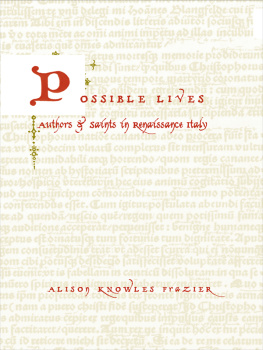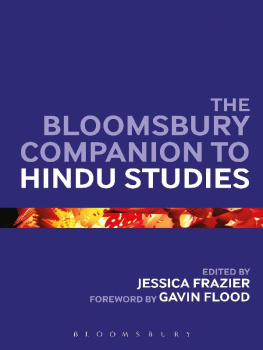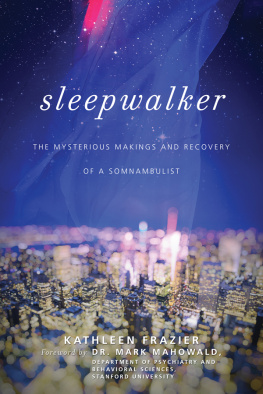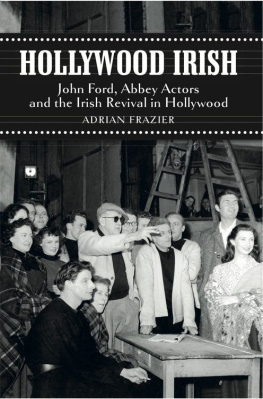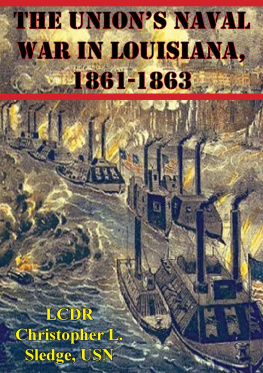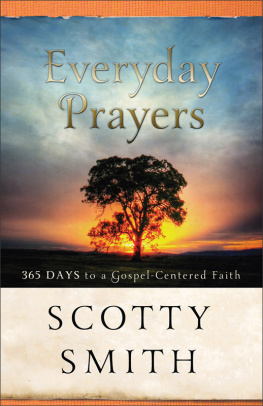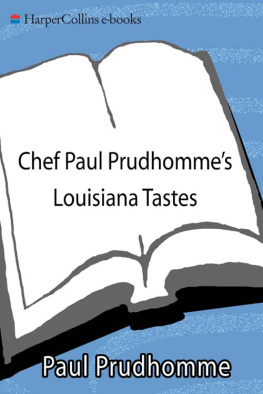Frazier - Fire in the Cane Field: The Federal Invasion of Louisiana and Texas, January 1861-January 1863 (The Louisiana Quadrille)
Here you can read online Frazier - Fire in the Cane Field: The Federal Invasion of Louisiana and Texas, January 1861-January 1863 (The Louisiana Quadrille) full text of the book (entire story) in english for free. Download pdf and epub, get meaning, cover and reviews about this ebook. year: 2009, publisher: State House Press, genre: Politics. Description of the work, (preface) as well as reviews are available. Best literature library LitArk.com created for fans of good reading and offers a wide selection of genres:
Romance novel
Science fiction
Adventure
Detective
Science
History
Home and family
Prose
Art
Politics
Computer
Non-fiction
Religion
Business
Children
Humor
Choose a favorite category and find really read worthwhile books. Enjoy immersion in the world of imagination, feel the emotions of the characters or learn something new for yourself, make an fascinating discovery.

Fire in the Cane Field: The Federal Invasion of Louisiana and Texas, January 1861-January 1863 (The Louisiana Quadrille): summary, description and annotation
We offer to read an annotation, description, summary or preface (depends on what the author of the book "Fire in the Cane Field: The Federal Invasion of Louisiana and Texas, January 1861-January 1863 (The Louisiana Quadrille)" wrote himself). If you haven't found the necessary information about the book — write in the comments, we will try to find it.
Frazier: author's other books
Who wrote Fire in the Cane Field: The Federal Invasion of Louisiana and Texas, January 1861-January 1863 (The Louisiana Quadrille)? Find out the surname, the name of the author of the book and a list of all author's works by series.
Fire in the Cane Field: The Federal Invasion of Louisiana and Texas, January 1861-January 1863 (The Louisiana Quadrille) — read online for free the complete book (whole text) full work
Below is the text of the book, divided by pages. System saving the place of the last page read, allows you to conveniently read the book "Fire in the Cane Field: The Federal Invasion of Louisiana and Texas, January 1861-January 1863 (The Louisiana Quadrille)" online for free, without having to search again every time where you left off. Put a bookmark, and you can go to the page where you finished reading at any time.
Font size:
Interval:
Bookmark:
Fire in the Cane Field
The Federal Invasion of Louisiana and Texas, January 1861January 1863
Fire in the Cane Field
The Federal Invasion of Louisiana and Texas, January 1861January 1863
Donald S. Frazier

Buffalo Gap, TX
Library of Congress Cataloging-in-Publication Data
Frazier, Donald S. (Donald Shaw), 1965
Fire in the cane field: the Federal invasion of Louisiana and Texas,January 1861-January 1863 / Donald S. Frazier.p. cm.Includes bibliographical references and index.ISBN 978-1-933337-36-4 (cloth : alk. paper)1. LouisianaHistoryCivil War, 1861-1865Campaigns. 2. LouisianaHistoryCivil War, 1861-1865Naval operations. 3. TexasHistoryCivil War, 1861-1865Campaigns. 4. TexasHistoryCivil War, 1861-1865Naval operations. 5. SecessionLouisiana 6. SecessionTexas. 7. United StatesHistoryCivil War, 1861-1865Campaigns. 8. United StatesHistoryCivil War, 1861-1865Naval operations. I. Title.
E470.7.F73 2008
973.7309763dc22
2008005191
Copyright 2009, Donald S. Frazier
All Rights Reserved
State House Press
P. O. Box 818, Buffalo Gap, TX 79508
www.mcwhiney.org/press
No part of this book may be reproduced in any form unless with written permission from State House Press, unless brief passages by reviewers.
Printed in the United States of America.
Distributed by Texas A&M University Press Consortium
(800) 826-8911
www.tamu.edu/upress
ISBN-13: 978-1-933337-36-4
ISBN-10: 1-933337-36-2
10 9 8 7 6 5 4 3 2 1
Book designed by Rosenbohm Graphic Design
This work is dedicated to the sacred memory of the late
Judy Capone,
and in honor of her devoted husband
Andrew Capone.
They are the best examples of all that is great about Louisiana.
CONTENTS
Your work should be a contribution to the field.
Dr. Grady McWhiney
I remember the first book I ever bought with my own money. The purchase occurred at a Scholastic Book Fair at Springdale Elementary School in Macon, Georgia. The title I purchased: The Golden Book of the Civil War . Later, as she watched my classroom maturation, my fifth-grade teacher, Jo Beth Grenga, made an offhand comment that, when I grew up, I should be either a historian or a journalist. Ive worked as both.
This book purchase, that teachers encouragement, launched me on the great hunt of my lifetime. The muse of history was calling, and I searched my surroundings for the source of its urgings. One place I looked was in the oldest cemetery in Macon, which, for a kid from West Texas, was a great adventure. The memorial parks I had visited before in my brief lifetime had been populated with flat headstones, neatly arranged, where riding lawnmowers could manage their perpetual care. I had never visited a cemetery with crumbling brick vaults, kudzu jungles, and magnificent glowing angels gazing down with stony stares of pity and remorse from their sepulcher perches. Neither had I seen the graves of Civil War soldiers until that summer day at the Rose Hill Cemetery.
There, amid the sprawl of a well-used city burial ground, was a section marked, rather modestly, with a metal sign, as Confederate Square. Row upon row of white arched-top stones marked the final resting places of hundreds of dead Confederates, all casualties once cared for at the military hospital in the city. Instinctivelyfor a Texan at leastI surveyed each row for an indication of where these men had come from and recorded the names of every one of the Lone Star fallen. At my fathers urging, I sent this list to the archives in Austin to see what I could learn about the lives and deaths of these Americans. In due time, I received a response.
This exercise revealed two things. First, these troops had never fought in the battles that Ias an eleven-year-old kidhad heard of. My new book had readable text and excellent battle maps illustrated with little painted soldiers moving across rugged landscapes, but I could not find my Texans in the book. They had not been at Gettysburg or Vicksburg. Instead, their service records from the archives revealed only alien names, such as Rocky Faced Ridge, Chickamauga, and, most curiously, Arkansas Post. In the process, I had also unwittingly met my first Rebels and made my first intellectual investment in the lives of people who had made history. It was a history I had not yet heard of, and one where these dead Texans seemed to be out of place. One in particular stood out. Jonathan B. Craig, Company E, 15th Texas Cavalry, in row 12, grave 534. So, I began reading everything I could about his life and times and in the process became a researcher.
This effort, the first of my Louisiana Quadrille , is a similar attempt. The more I studied the Civil War, the more I learned of the subtle nuances and obscure military events that defied efficient entry into such general texts as The Golden Book of the Civil War . These were the places where Texans tended to fight. Somehow, these little-known places and issues held an allure for me that often-discussed issues, such as Lees strategy with the Army of Northern Virginia during his invasion of Pennsylvania, did not. I was drawn to the Arkansas Posts of the Civil War. I call this four-book scholarly campaign a quadrille for good purpose: the maneuvers of the Union and Confederate armies and navies in the western gulf country, as well as that of their politicians, remind me of a crafty card game bluff or a spirited dance with ever changing partners quadrilles all.
After a false-start career as a features writer for the Arlington CitizenJournal and as a defense industry drone for General Dynamics, I attended graduate school at Texas Christian University. I aligned myself there with Professor Grady McWhiney, an important scholar of the South and the Civil War. When he asked me what I wanted to write abouthe insisted that his students write book manuscripts instead of dissertationsI mentioned Texans in the Civil War. I was leaning toward studying Granburys Brigade, since Private Craig and most of the Confederate Texans in that Macon cemetery had all served in this outfit. Doc, as he was called by his students, declared that topic unacceptable because of the amount of literature already published on the subject. Your work, he advised, should make a contribution to the fieldnot duplicate it. I then mentioned a passing interest in Henry Hopkins Sibleys Brigade of Texans. He agreed to the topic.
At first I intended to write a fairly conventional muster-in to muster-out history of the brigade as it campaigned from New Mexico to Galveston to Louisiana. As I delved into the story of this unit and the men who composed it, however, I encountered yet another aspect of the Civil War that I had never heard of. Eventually, instead of taking this command from 1861 to 1865 and describing the where and how of its military operations, I found myself fascinated by the why questions. Why New Mexico? became the first big pursuit, resulting in a dissertation that, true to Docs urgings, became Blood and Treasure: Confederate Empire in the Southwest, published by Texas A&M University Press in 1995.
Other books and articles followed. I penned Cottonclads: The Battle of Galveston and the Defense of the Texas Coast, published in 1996, as a popular narrative introduction to what, at the time, I believed to be an interesting but not terribly important episode in Texas Civil War history. Then Sibleys Brigade moved to Louisiana, and for me this changed everything.
Here, for the first time, I was confronted by a bundle of all the salient issues of that great violent spasm of American history that has been known most commonly as the Civil War. Union armies seized New Orleans and vied for control of the Mississippi River while Confederates struggled to do more with less. Profound and complicated political dimensions complicated the story, including Abraham Lincolns view of the war versus the reality on the ground. Issues surrounding secession, including the questions of technique and legitimacy, swirled among the military considerations. Slavery, the big issue, became more stark and immediate the deeper I dove in the murky pool of Louisiana history. In the end, I discovered in microcosm a place that presented the entire sweep of issues facing Americans in the mid-nineteenth century, including those that bedeviled them before the shooting started and those that plagued them in the wake of plundering armies.
Next pageFont size:
Interval:
Bookmark:
Similar books «Fire in the Cane Field: The Federal Invasion of Louisiana and Texas, January 1861-January 1863 (The Louisiana Quadrille)»
Look at similar books to Fire in the Cane Field: The Federal Invasion of Louisiana and Texas, January 1861-January 1863 (The Louisiana Quadrille). We have selected literature similar in name and meaning in the hope of providing readers with more options to find new, interesting, not yet read works.
Discussion, reviews of the book Fire in the Cane Field: The Federal Invasion of Louisiana and Texas, January 1861-January 1863 (The Louisiana Quadrille) and just readers' own opinions. Leave your comments, write what you think about the work, its meaning or the main characters. Specify what exactly you liked and what you didn't like, and why you think so.

